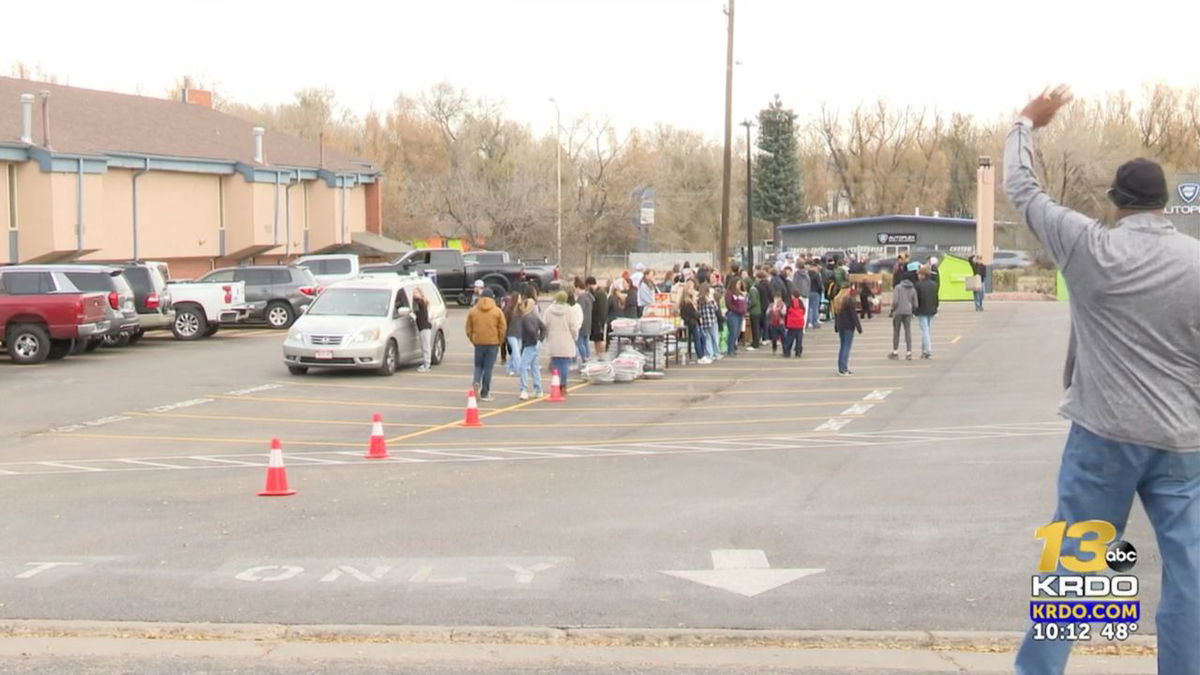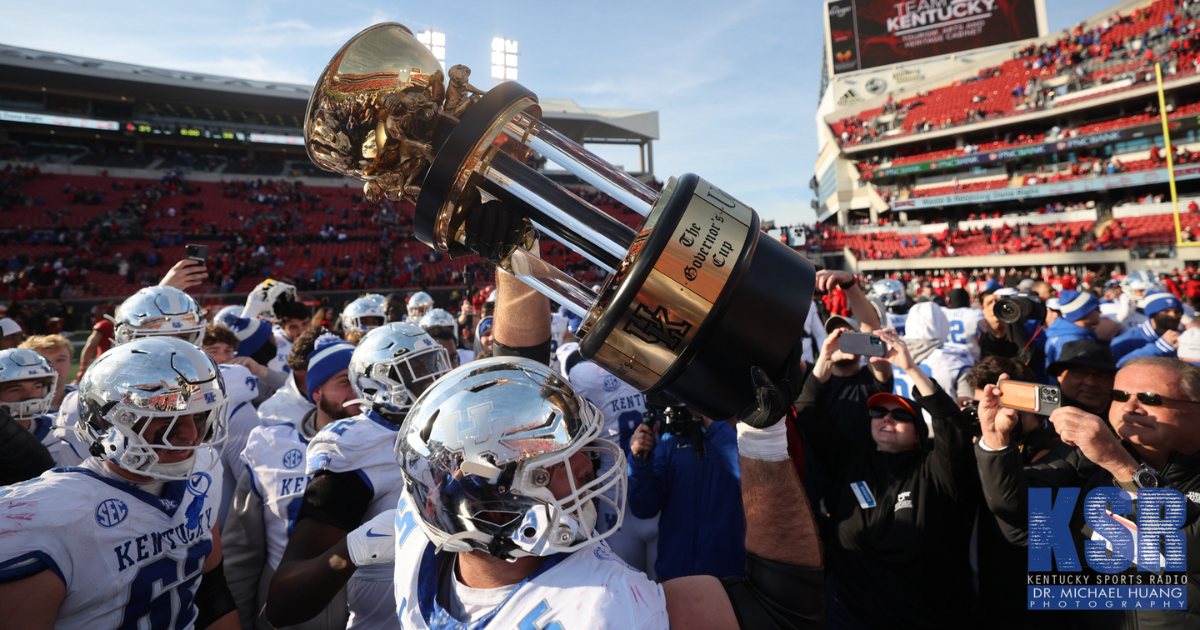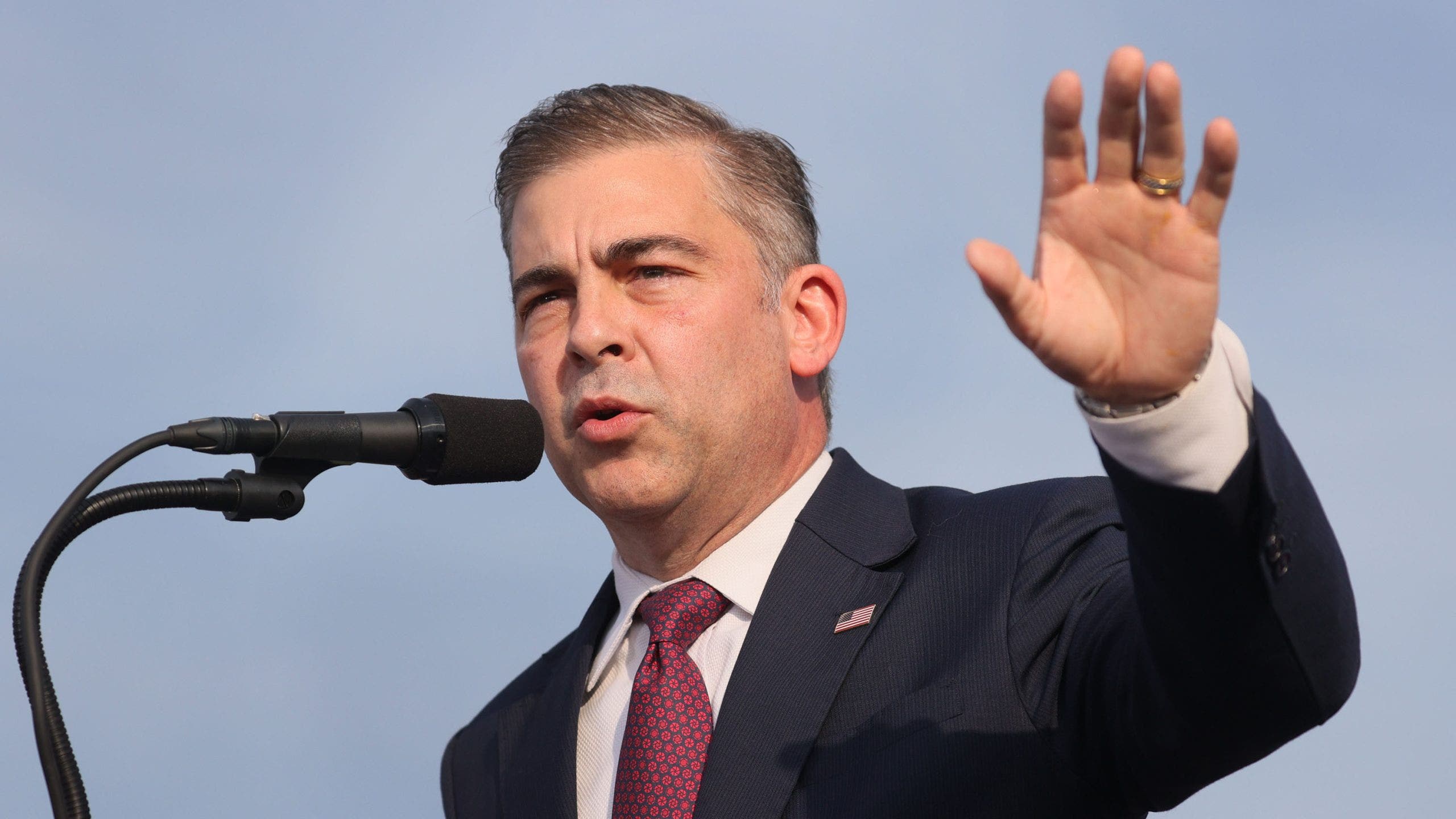Colorado Rockies pitcher Ryan Feltner was struck in the head by a line drive in the second inning against the Philadelphia Phillies on Saturday night and was able to walk off the field on his own.
Philadelphia’s Nick Castellanos lined a 1-0 slider back to the mound at 92.7 mph.
The ball went off the right, back side of Feltner’s head.
The right-hander immediately collapsed to the ground as the ball deflected to first baseman C.J. Cron. Castellanos was safe with a single.
Feltner didn’t appear to lose consciousness.
Frightening moment in Colorado, as Ryan Feltner gets hit with a comebacker on the mound. Feltner exited on his own power. pic.twitter.com/9VbghmNNMe
— Casey Drottar (@CDrottar19) May 14, 2023
Rockies starting pitcher Ryan Feltner lays on the mound after getting badly hit by a line drive by Phillies right fielder Nick Castellanos in the second inning at Coors Field

Trainers tend to Feltner after he was hit. The 26-year-old didn’t appear to lose consciousness
He lay on his stomach before being seen squinting his eyes as two members of the Colorado training stuff sprinted to the mound.
With the crowd hushed, Feltner eventually sat up, then got to his feet.
The 26-year-old Feltner walked off with the assistance of two staff members as the fans at Coors Field applauded.
Feltner had walked four in a 40-pitch first inning that saw the Phillies take a 4-0 lead.

Feltner walked four in a 40-pitch first inning that saw the Phillies take a 4-0 lead before he had been hit in the head
After retiring the first two batters in the second, he gave up a double to Bryce Harper before Castellanos came to the plate.
Feltner was a fourth-round pick of the Rockies in 2018. He entered the game with a record of 2-2, with 33 strikeouts in 35 1/3 innings.
The Rockies went onto lose 7-4 to Philadelphia and stay bottom of the NL West, eight-games-and-a-half behind the L.A. Dodgers – the division’s first seed.
‘Ryan Feltner is at a local hospital under observation and is undergoing further evaluation,’ the Rockies’ official Twitter account shared after Saturday night’s loss.
No update on the right-hander’s injury status has yet to be shared.


























/cdn.vox-cdn.com/uploads/chorus_asset/file/25739950/247386_Elon_Musk_Open_AI_CVirginia.jpg)



